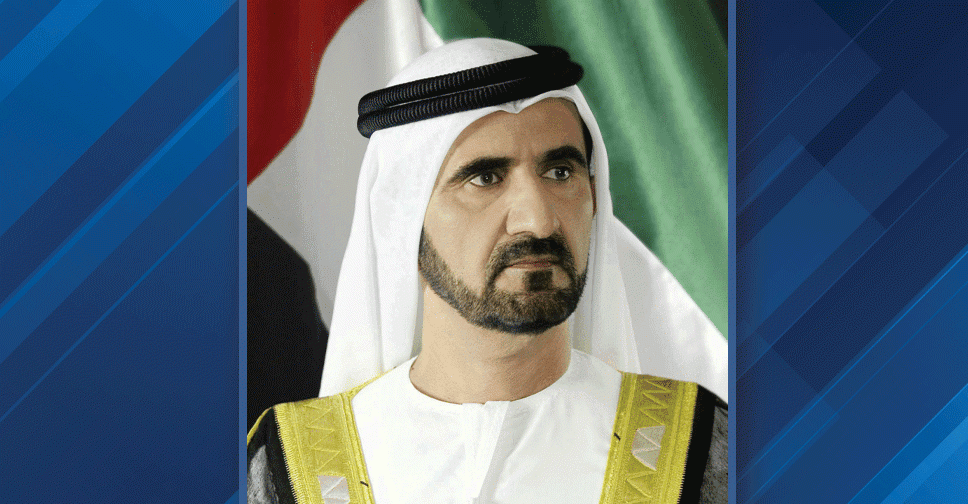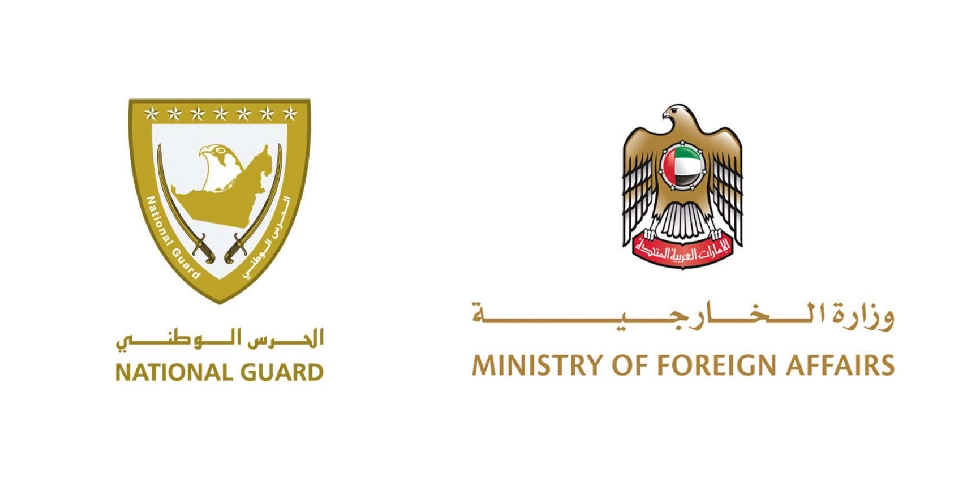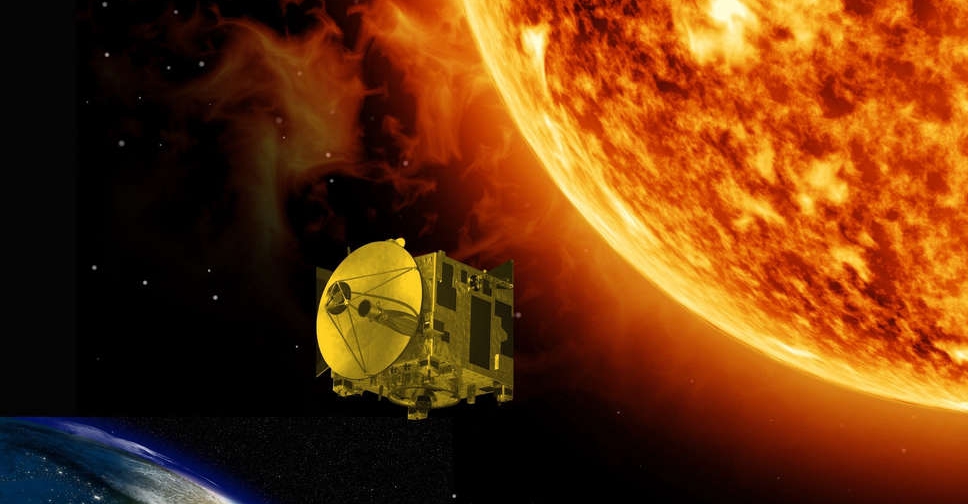
The Indian Space Research Organisation's (ISRO) inaugural solar mission, Aditya-L1, has reached its destination within the anticipated four-month timeframe, Prime Minister Narendra Modi said on Saturday.
Launched on September 2, the spacecraft positioned itself at Lagrange Point 1, from where it will undertake a comprehensive study of the sun, focusing on the solar corona and its influence on space weather.
"India creates yet another landmark. It is a testament to the relentless dedication of our scientists in realising among the most complex and intricate space missions," Modi said in a post on social media platform X, formerly known as Twitter.
The satellite covered approximately 1.5 million km (930,000 miles) over the span of four months, just a fraction of the Earth-sun distance of 150 million kilometers.
The Lagrange Point, where the satellite is stationed, benefits from gravitational forces that allow objects to remain relatively stationary, reducing fuel consumption for the spacecraft.
Equipped with seven payloads, Aditya-L1 is slated to conduct remote sensing of the sun and in-situ observations for an estimated five years.
Named after the Hindi word for the sun, this mission follows India's recent achievement of being the first country to successfully land on the moon's south pole, surpassing Russia's failed Luna-25 with the Chandrayaan-3 mission. Chandrayaan-3 landed on the unexplored south pole of the moon in August last year.
Scientists involved in the project aim to gain insights into the impact of solar radiation on the increasing number of satellites in orbit, with a particular focus on phenomena affecting ventures like Elon Musk's Starlink communications network.
“We definitely need to know more about the sun, as it controls the space weather," said Manish Purohit, a former ISRO scientist.
The low earth orbit is going to get "super" crowded over the coming years, he added.
"Satellites are going to become the main stay of all tech on Earth with Quantum implemented, with internet connectivity, disaster warning system, resource utilisation and many more applications," said Purohit.
Stationing a spacecraft at L1 acts as an early warning system, with roughly one hour advantage, for an upcoming storm from the Sun, he said.
The mission to study the sun is among a slate of projects ISRO has lined up through the year, key among them its first human space mission and a low-Earth orbit observatory system jointly developed by NASA and ISRO, called NISAR.
NISAR will map the entire planet once every 12 days, providing data for understanding changes in ecosystems, ice mass, vegetation biomass, sea level rise, ground water and natural hazards including earthquakes, tsunamis, volcanoes and landslides.
India creates yet another landmark. India’s first solar observatory Aditya-L1 reaches it’s destination. It is a testament to the relentless dedication of our scientists in realising among the most complex and intricate space missions. I join the nation in applauding this…
— Narendra Modi (@narendramodi) January 6, 2024


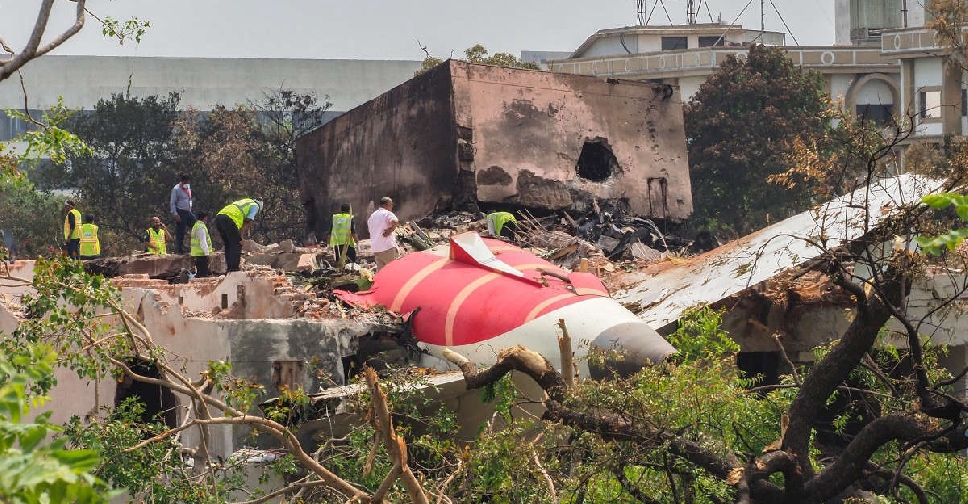 Air India crash report shows pilot confusion over engine switch movement
Air India crash report shows pilot confusion over engine switch movement
 Trump visits Texas flood zone, defends government's response
Trump visits Texas flood zone, defends government's response
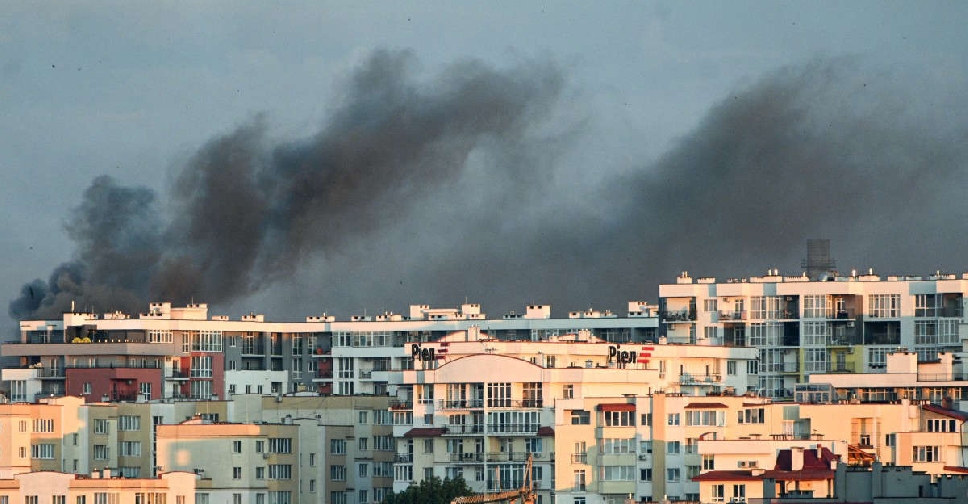 Russia attacks west Ukraine with drones and missiles
Russia attacks west Ukraine with drones and missiles
 PKK fighters burn weapons in Iraq to start disarmament
PKK fighters burn weapons in Iraq to start disarmament
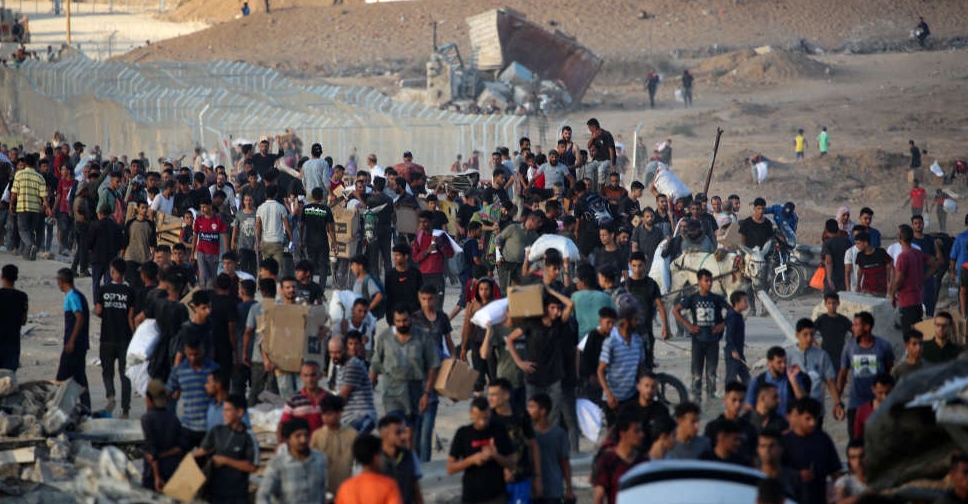 UN reports 798 deaths near Gaza aid hubs in six weeks
UN reports 798 deaths near Gaza aid hubs in six weeks

